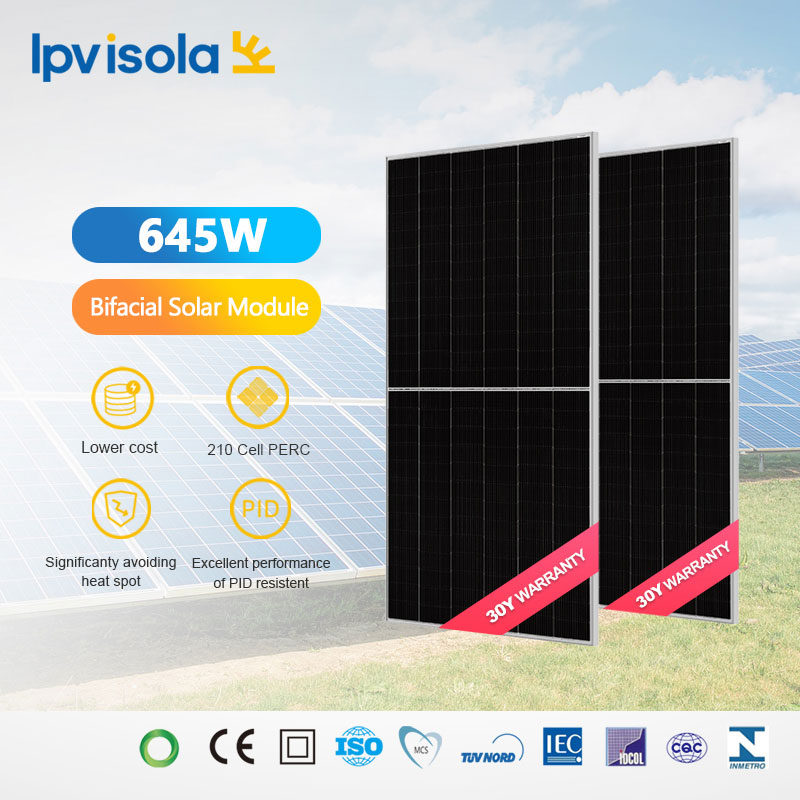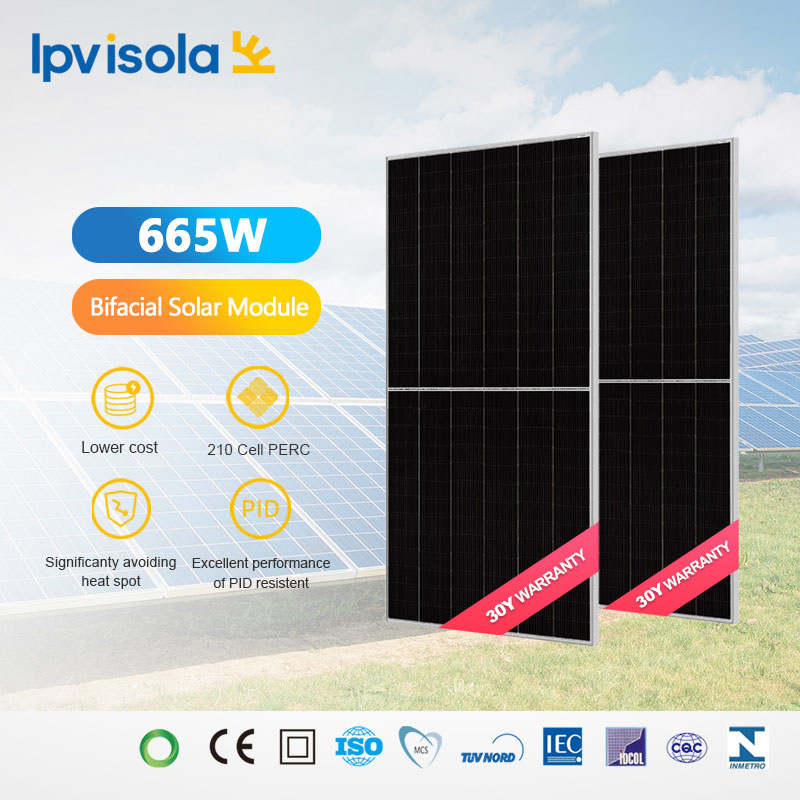What are the disadvantages of bifacial solar panels?
2023-12-13
Cost: Bifacial solar panels are generally more expensive to manufacture than traditional monofacial (single-sided) panels. The additional cost may impact the overall economic viability of a solar project.

Installation Complexity: The installation of bifacial solar panels can be more complex than that of traditional panels. The mounting structure must be designed to allow sunlight to reach the rear side of the panels, and care must be taken to avoid shading from nearby structures or vegetation.
Optimal Ground Conditions: Bifacial panels are most effective when installed in specific ground conditions, such as over reflective surfaces like white gravel or snow. In environments with non-reflective surfaces or shaded areas, the additional rear-side exposure may not contribute significantly to increased energy production.
Dust and Dirt: The rear side of bifacial panels can accumulate dust and dirt, which may reduce the gain in energy production. Regular cleaning may be necessary to maintain optimal performance.
Variable Energy Gains: The additional energy gains from the rear side of bifacial panels can vary depending on factors such as the albedo (reflectivity) of the ground surface, local weather conditions, and the angle of the sun. In some situations, the increased energy production may be marginal.
Limited Benefit in Rooftop Installations: Bifacial panels are often more beneficial in ground-mounted installations where sunlight can be reflected from the ground. In rooftop installations, the benefits of bifacial technology may be limited due to the absence of reflective surfaces beneath the panels.
Potential for Glare: The reflective nature of bifacial panels could potentially lead to glare issues, depending on the orientation of the panels and the surrounding environment. This may have aesthetic or safety implications, especially in urban or residential areas.
While bifacial solar panels offer advantages in terms of increased energy production, potential gains can vary based on site-specific conditions. Before choosing bifacial panels for a solar project, it's crucial to conduct a detailed site analysis and cost-benefit assessment to determine whether the additional expense justifies the expected gains in energy production. Advances in technology and ongoing research may address some of the current disadvantages associated with bifacial solar panels over time.



